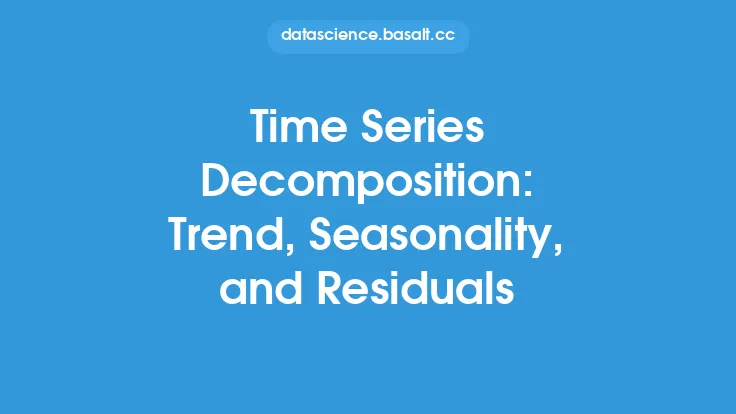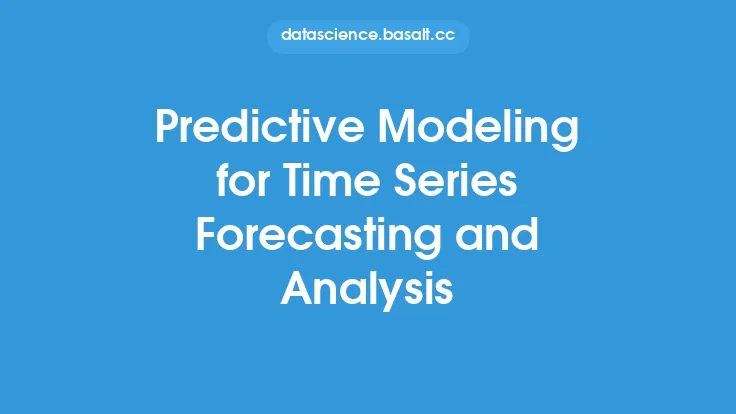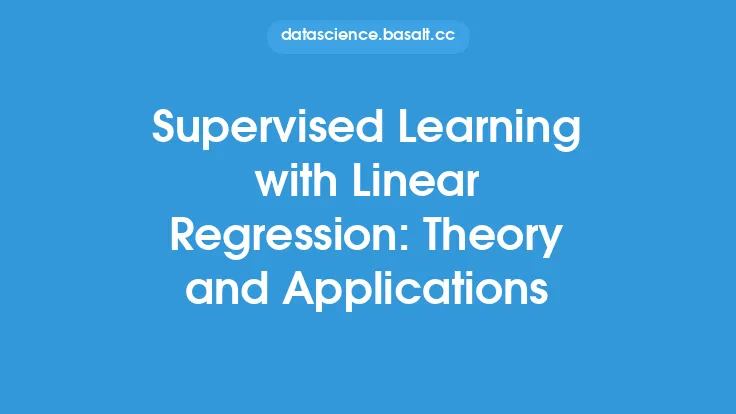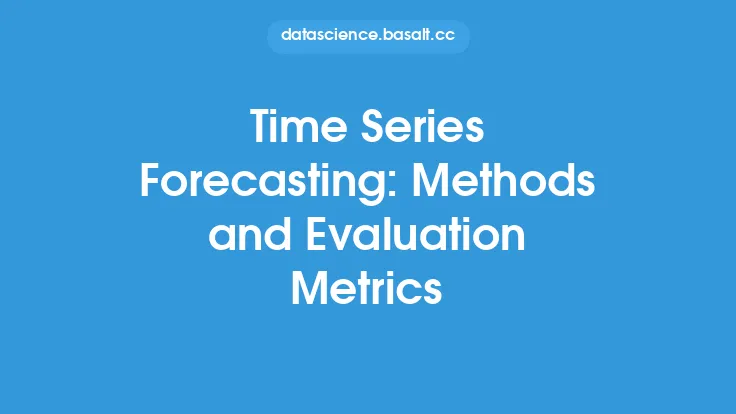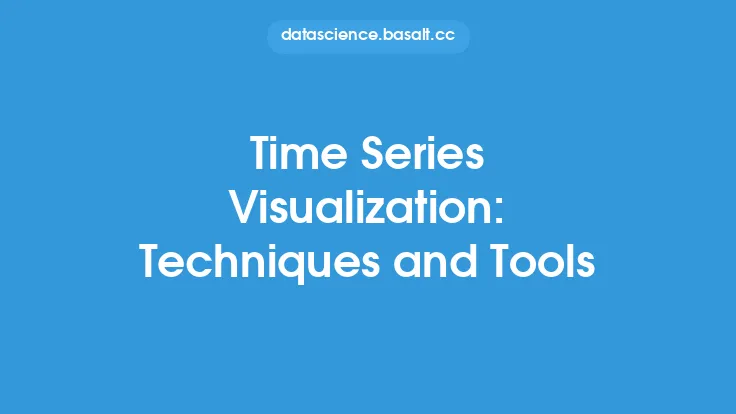Seasonal decomposition is a crucial step in time series analysis, as it allows us to separate a time series into its underlying components, including trend, seasonality, and residuals. One popular method for seasonal decomposition is the STL decomposition, which is a robust and flexible technique for decomposing time series data. In this article, we will delve into the details of STL decomposition and its application in forecasting.
Introduction to STL Decomposition
STL decomposition is a technique used to decompose a time series into three main components: trend, seasonality, and residuals. The STL decomposition method was first introduced by Cleveland et al. in 1990 and has since become a widely used technique in time series analysis. The STL decomposition method is based on a combination of regression and smoothing techniques, which allows it to effectively capture the underlying patterns in a time series.
How STL Decomposition Works
The STL decomposition method works by iteratively applying a series of smoothing and regression steps to the time series data. The method starts by applying a smoothing technique, such as the loess smoother, to the time series data to extract the trend component. The trend component is then subtracted from the original time series data to obtain the detrended data. The detrended data is then used to estimate the seasonality component using a regression technique, such as the seasonal decomposition technique. The seasonality component is then subtracted from the detrended data to obtain the residual component.
Components of STL Decomposition
The STL decomposition method decomposes a time series into three main components: trend, seasonality, and residuals. The trend component represents the long-term pattern or direction of the time series, while the seasonality component represents the periodic patterns or cycles in the data. The residual component represents the random or irregular patterns in the data that are not captured by the trend or seasonality components.
Advantages of STL Decomposition
STL decomposition has several advantages over other decomposition techniques. One of the main advantages of STL decomposition is its ability to handle multiple seasonality, which is common in many time series datasets. STL decomposition can also handle non-additive seasonality, which is seasonality that is not additive across different time periods. Additionally, STL decomposition is a robust technique that can handle missing values and outliers in the data.
Application of STL Decomposition in Forecasting
STL decomposition can be used as a preprocessing step for forecasting models. By decomposing a time series into its underlying components, STL decomposition can help to improve the accuracy of forecasting models. For example, the trend component can be used to forecast the long-term direction of the time series, while the seasonality component can be used to forecast the periodic patterns in the data. The residual component can be used to forecast the random or irregular patterns in the data.
Example of STL Decomposition in Python
STL decomposition can be implemented in Python using the statsmodels library. The following code example shows how to use the STL decomposition method to decompose a time series dataset:
import pandas as pd
import numpy as np
import statsmodels.api as sm
# Load the time series dataset
data = pd.read_csv('data.csv', index_col='date', parse_dates=['date'])
# Apply STL decomposition to the time series data
stl_decomposition = sm.tsa.seasonal_decompose(data, model='stl')
# Plot the decomposed components
trend = stl_decomposition.trend
seasonal = stl_decomposition.seasonal
residual = stl_decomposition.resid
import matplotlib.pyplot as plt
plt.subplot(411)
plt.plot(data, label='Original')
plt.legend(loc='best')
plt.subplot(412)
plt.plot(trend, label='Trend')
plt.legend(loc='best')
plt.subplot(413)
plt.plot(seasonal,label='Seasonality')
plt.legend(loc='best')
plt.subplot(414)
plt.plot(residual, label='Residuals')
plt.legend(loc='best')
plt.tight_layout()
plt.show()
This code example shows how to use the STL decomposition method to decompose a time series dataset into its underlying components, including trend, seasonality, and residuals.
Conclusion
STL decomposition is a powerful technique for decomposing time series data into its underlying components, including trend, seasonality, and residuals. The technique has several advantages, including its ability to handle multiple seasonality and non-additive seasonality. STL decomposition can be used as a preprocessing step for forecasting models, and can help to improve the accuracy of forecasting models. By understanding the underlying components of a time series, STL decomposition can help to provide insights into the patterns and trends in the data, and can be used to make more accurate predictions about future values.
